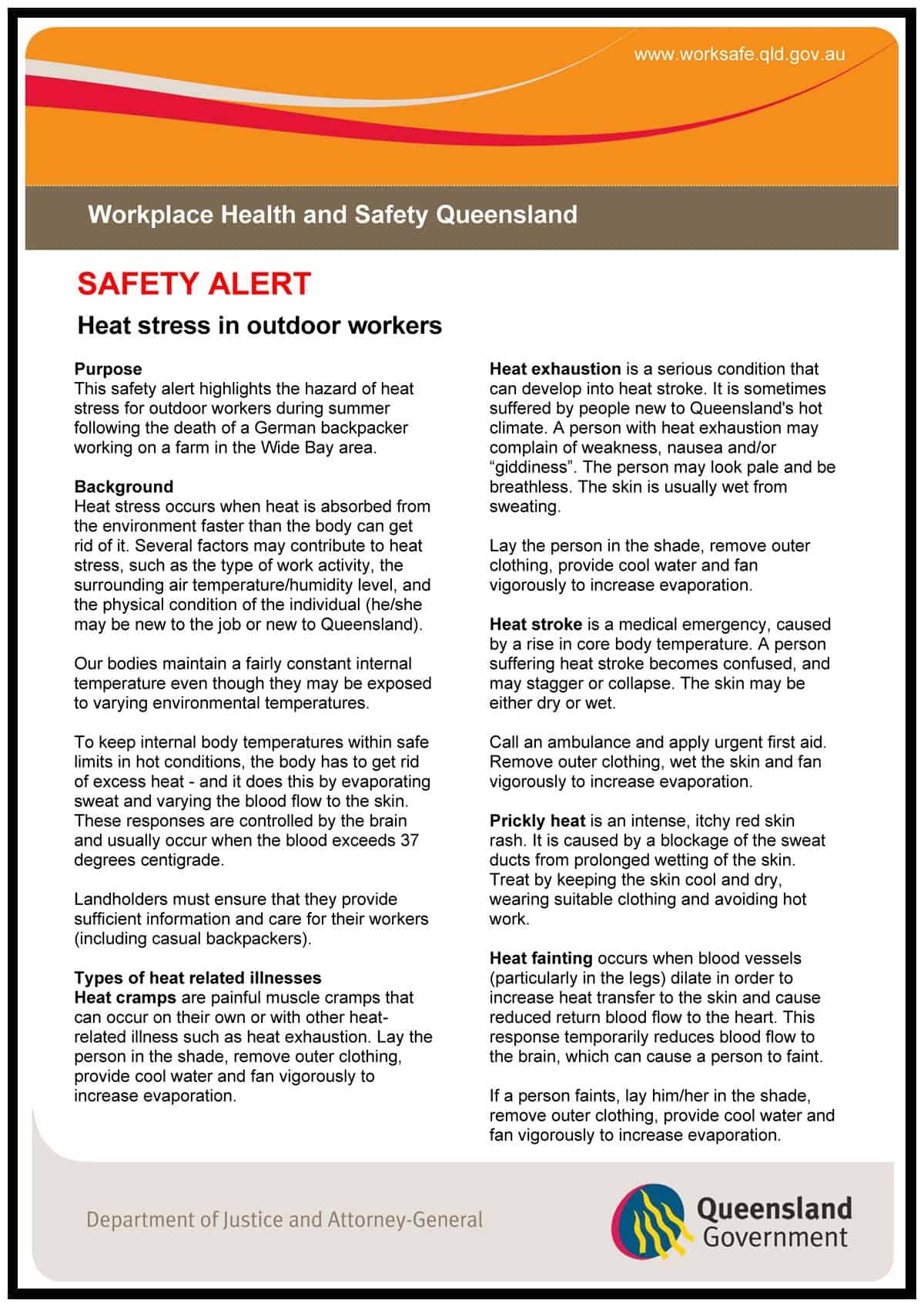The future of Australia’s Environment Minister, Peter Garrett, is uncertain as he struggles for credibility in the wake of furious political attacks.
In the various media discussions there are hints of other issues, some related to OHS in Australia, that demand attention.
Australian Standards and safety planning
Chris Bowen, Minister for Financial Services defended Garrett’s handling of the foil insulation issues by referring to the role of the Australian Standard. Bowen says the installation of the foil insulation meets the appropriate Australian Standard and that meeting the criteria of the Australian Standard was a prerequisite for government grants being made available. Continue reading “Missed OHS issues in insulation debate”


